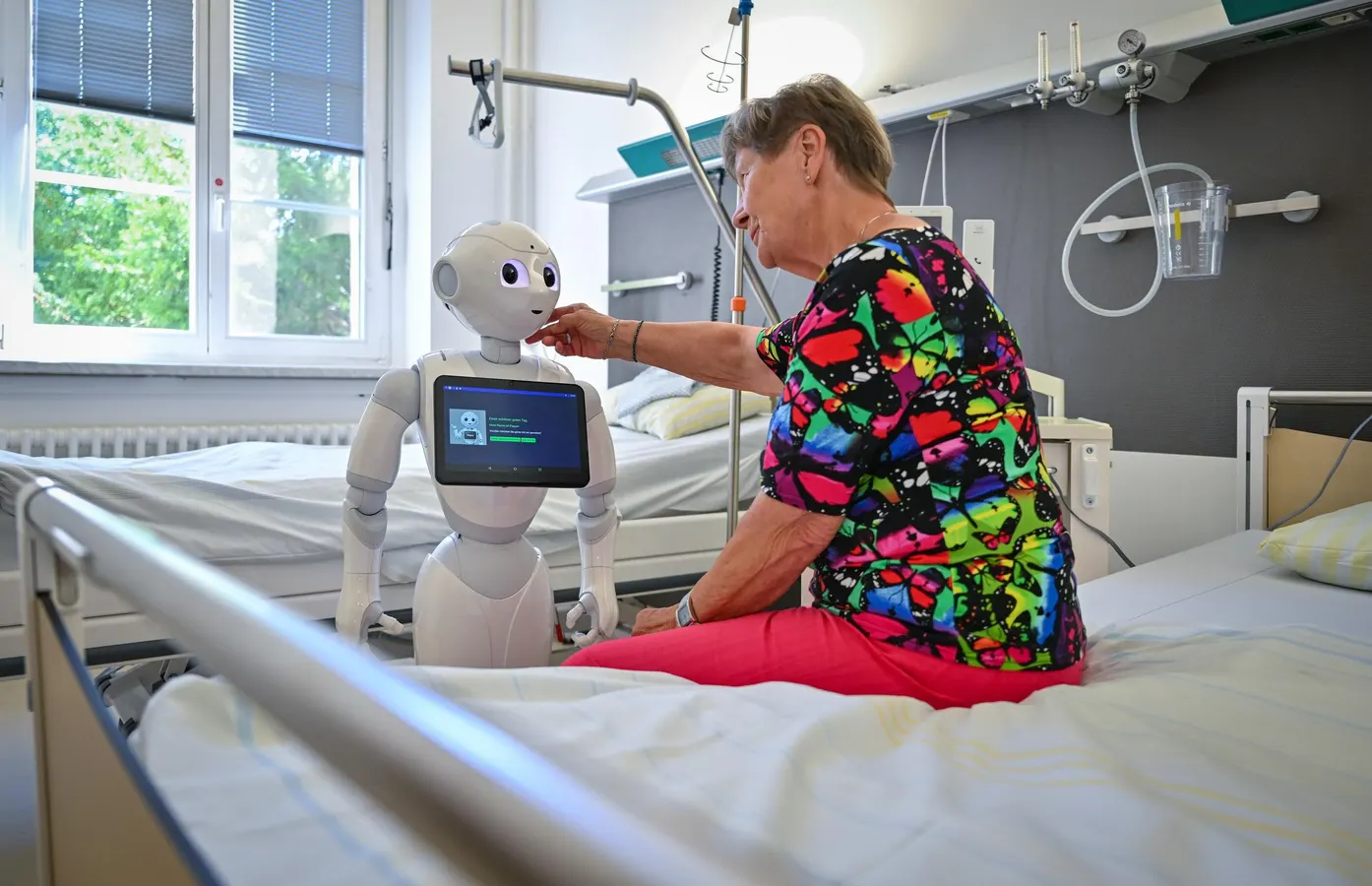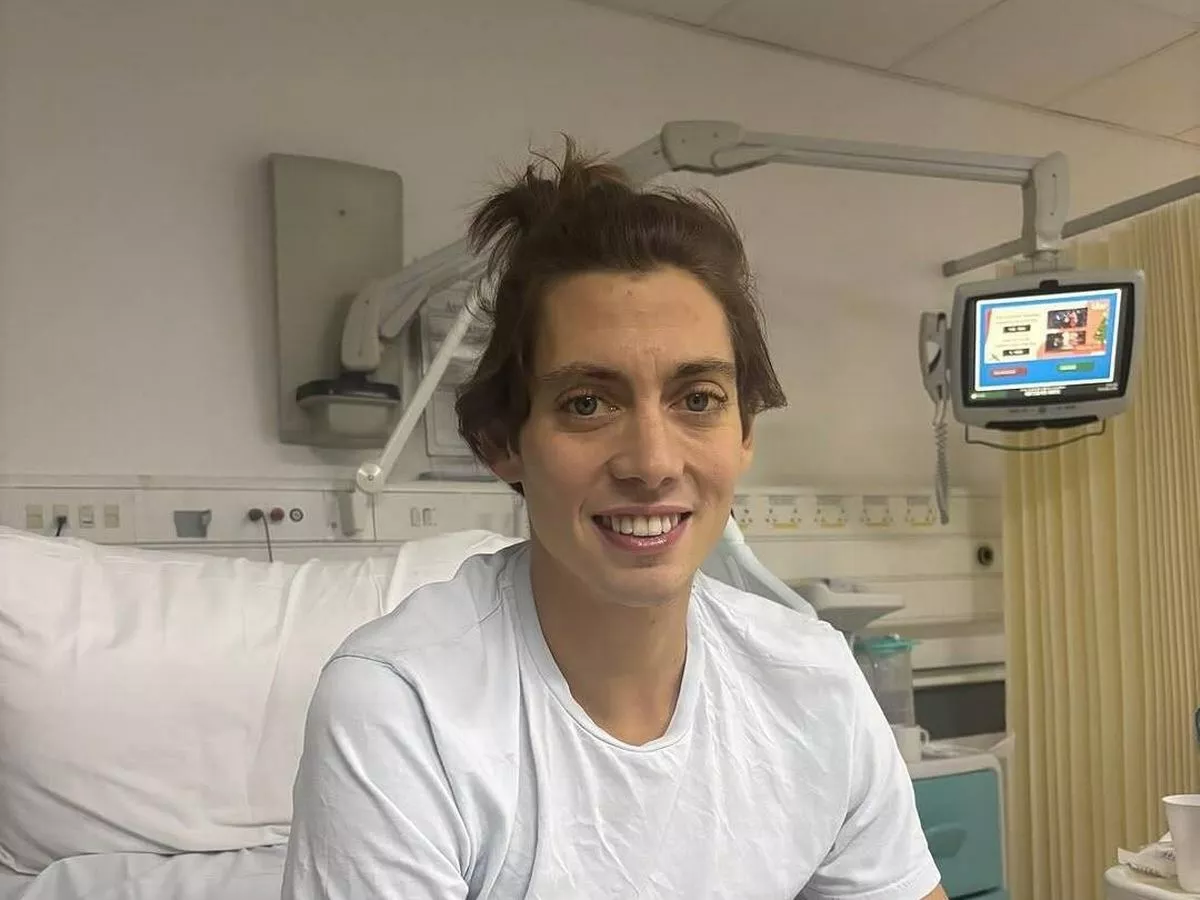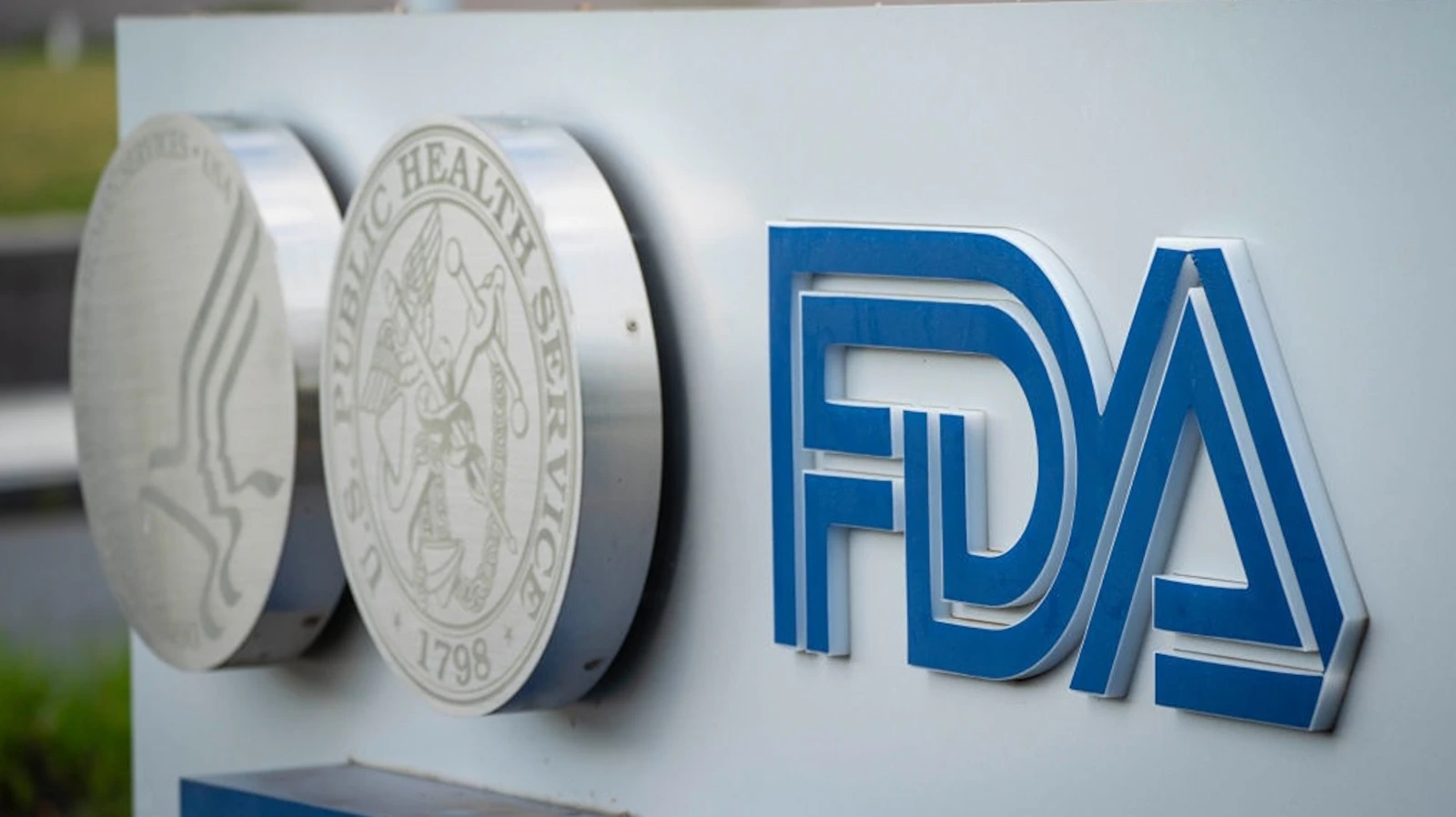Copyright forbes

Photo by Patrick Pleul via Getty Images dpa/picture alliance via Getty Images As a medical tool, generative AI could save hundreds of thousands of lives, make healthcare affordable for every American and restore satisfaction to clinical practice. But only if clinicians embrace the opportunities this technology makes possible. The need for swift action has never been greater. With average medical costs exceeding $14,000 per person, the U.S. healthcare system is both unaffordable and unsustainable. Employer health-insurance premiums are projected to rise 9% in January to approach $30,000 a year for a family of four while ACA marketplace plans could jump 30% as premium tax credits expire. Half of Americans already say they can’t afford their out-of-pocket expenses if a serious illness strikes. Meanwhile, new Medicaid restrictions set to take effect in 2026 could cause up to 12 million people to lose coverage, pushing them toward overcrowded emergency rooms and forcing local hospitals to absorb the cost. Worse still, Americans aren’t getting the quality of care their money should buy. Despite spending far more than any peer nation, the United States ranks last in overall health-system performance. Life expectancy trails comparable countries by at least four years, and maternal mortality rates are the highest of any wealthy nation. Generative AI represents this century’s first genuine opportunity to reverse these trends. The following five advances show how it can transform medicine by addressing the healthcare system’s most dangerous flaws. Together, they would radically improve the lives of patients while restoring meaning and purpose to the professionals who treat them. 1. Closing Medicine’s Knowledge Gap Every 26 seconds, a new medical study is published. That’s more than 5,000 journal articles every day, constituting a torrent of data no human could ever hope to absorb. Even the most diligent physician can’t stay current on every new breakthrough, guideline or case study. MORE FOR YOU But generative AI can. By scanning the world’s medical literature in seconds, it can provide real-time insights on the totality of medical knowledge at the point of care. Already, more than three in five clinicians report using genAI regularly, and nearly all who do find it useful for decision-making. Among medical students and residents, adoption is nearly universal. Weekly, I hear form clinicians who are using genAI to make a difficult diagnosis or avoid a serious mistake. Two recent examples stand out: A head and neck surgeon completed a flawless operation. Afterward, the anesthesiologist warned that the breathing tube couldn’t be removed because the patient’s vocal cords were touching rather than separated, risking airway obstruction. Confident in her procedure but uncertain about the cause of the problem, the surgeon consulted ChatGPT. Immediately, the program surfaced four nearly identical case reports describing temporary vocal cord paralysis caused by the local anesthetic spreading beyond the operative field and temporarily paralyzing the vocal cords. As the reports advised, the surgeon waited 20 minutes. And sure enough, when the anesthetic wore off, the cords separated. The patient was safely extubated, thereby avoiding an unnecessary and uncomfortable overnight stay in the ICU. A teenage patient with a rare autoimmune illness confounded experts at five major health centers. At the sixth, a physician entered the symptoms into a large language model and received a differential diagnosis of three possibilities. The correct, extremely rare diagnosis topped the list. Soon, patients won’t worry when their clinicians use generative AI for guidance. They’ll expect it. 2. Empowering Patients Everywhere American medicine is still built on a 20th-century model that assumes the best place for care is a doctor’s office or hospital. That made sense when most illnesses were short-term and acute. But today, at least 60% of Americans live with at least one chronic disease like diabetes, hypertension or heart failure while 42% have two or more. And unlike acute illnesses, these lifelong conditions require frequent monitoring, not the quarterly check-ins that physicians currently schedule for patients. The Centers for Disease Control and Prevention estimates that better control of chronic diseases could cut heart attacks, strokes, cancers and kidney failures by up to 50%, reducing national health spending by $1.5 trillion annually. The question is how? Generative AI can help. Connected to wearable devices, it can track and analyze key data: blood pressure, glucose, oxygen levels daily. It can then alert patients and clinicians when medications need adjusting or symptoms signal early trouble. For people with heart failure, it would detect fluid buildup days before an emergency, allowing for timely treatment and avoiding an ICU stay. The same technology can safely bring hospital-level care into the homes of hundreds of thousands of patients. At home, people avoid many of the risks that come with hospitalization, including infections and delirium. Bedside monitors connected to genAI systems can track and evaluate each patient’s condition, alerting clinicians to changes before a crisis develops. And as home testing becomes more common, patients are now able to self-diagnose dozens of diseases using direct-to-consumer infection panels and cancer screening tests. genAI can help them interpret results, decide when self-care is enough, and even help schedule telemedicine or in-person if needed. Working together, empowered patients, dedicated clinicians and generative AI will achieve outcomes far better than any could alone. 3. Preventing Medical Errors Even when clinicians know exactly what to do, the ever-accelerating pace of modern medicine makes it difficult to do it every time. Corners get cut and steps are missed. The consequences are predictable and include devastating medication errors, wrong-site surgeries and preventable hospital-acquired infections that claim hundreds of thousands of lives each year. Generative AI can close this “knowing-doing” gap. Using multimodal capabilities (vision, speech and text analysis), genAI would observe care as it unfolds. When a nationally accepted safety protocol isn’t being followed, the application could immediately notify the clinician and reduce harm. This application of generative AI will strengthen patient safety while sparing clinicians the guilt and burnout that follow when a preventable error harms someone in their care. 4. Delivering Smarter, More Personalized Care In medicine, “treating everyone the same” sounds fair, but it often produces worse outcomes for everyone. Patients who need close attention get overlooked while those recovering well are awakened in the middle of the night. for unnecessary checks. Too often, clinicians discover trouble only after a bedside monitor signals a life-threatening crisis — one that could have been prevented hours earlier. Instead, generative AI would continuously analyze bedside data: heart rate and rhythm, blood pressure, oxygen levels. It would identify subtle signs of decline long before alarms go off. Instead of checking every patient on a rigid four-hour schedule, nurses could focus their attention where and when they’re needed most. The result: faster interventions for those at risk and uninterrupted rest for those recovering as expected. The same principle of risk assessment applies outside the hospital. Today, only a fraction of patients have access to specialized disease-management programs or 24-hour nurse hotlines. By training genAI systems on actual patient-clinician interactions, that level of expertise could become available (and affordable) to everyone, anytime. Consequently, parents could get immediate, reliable guidance about whether a child’s fever requires an ER visit or just fluids and rest. Similarly, patients with chronic illnesses could receive personalized coaching and clinical recommendations day or night to keep their medical problems under control. By shifting from routine, time-based evaluations to continuous monitoring, generative AI can make medical care more effective and patient centered. 5. Unlocking Medicine’s Hidden Data American medicine is drowning in data yet starving for insight. Every bedside monitor, surgical procedure and clinician-patient conversation generates an ocean of data, far more than any human could ever analyze or understand. In a typical hospital, bedside monitors alone produce about a terabyte (one followed by 12 zeros) of data each year, yet 97% goes unused. It’s a vast, untapped gold mine of data that can revolutionize research and clinical care. For example, genAI can identify which diagnostic approaches and treatments yield the best results by analyzing millions of real-world clinician-patient conversations captured through ambient listening tools, along with the corresponding notes and outcomes recorded in electronic health records. It can also study data from surgical robots and cardiology labs to determine how top-performing clinicians remove tumors or reopen arteries most effectively. In time, genAI could even replicate their precision.. Research that once took years to conduct and analyze could soon be completed in a fraction of the time. Creating The Future For the past two decades, America has tried to fix its broken healthcare system through small, incremental changes. It hasn’t worked. During that time, costs have tripled, clinical outcomes have stagnated, and access has eroded. Generative AI offers a way forward. If fully embraced in clinical practice — not just to complete paperwork or streamline billing — it could usher in a new golden era of medicine. By improving clinical outcomes and keeping people healthier, it would make high-quality care affordable and accessible to all. Editorial StandardsReprints & Permissions



